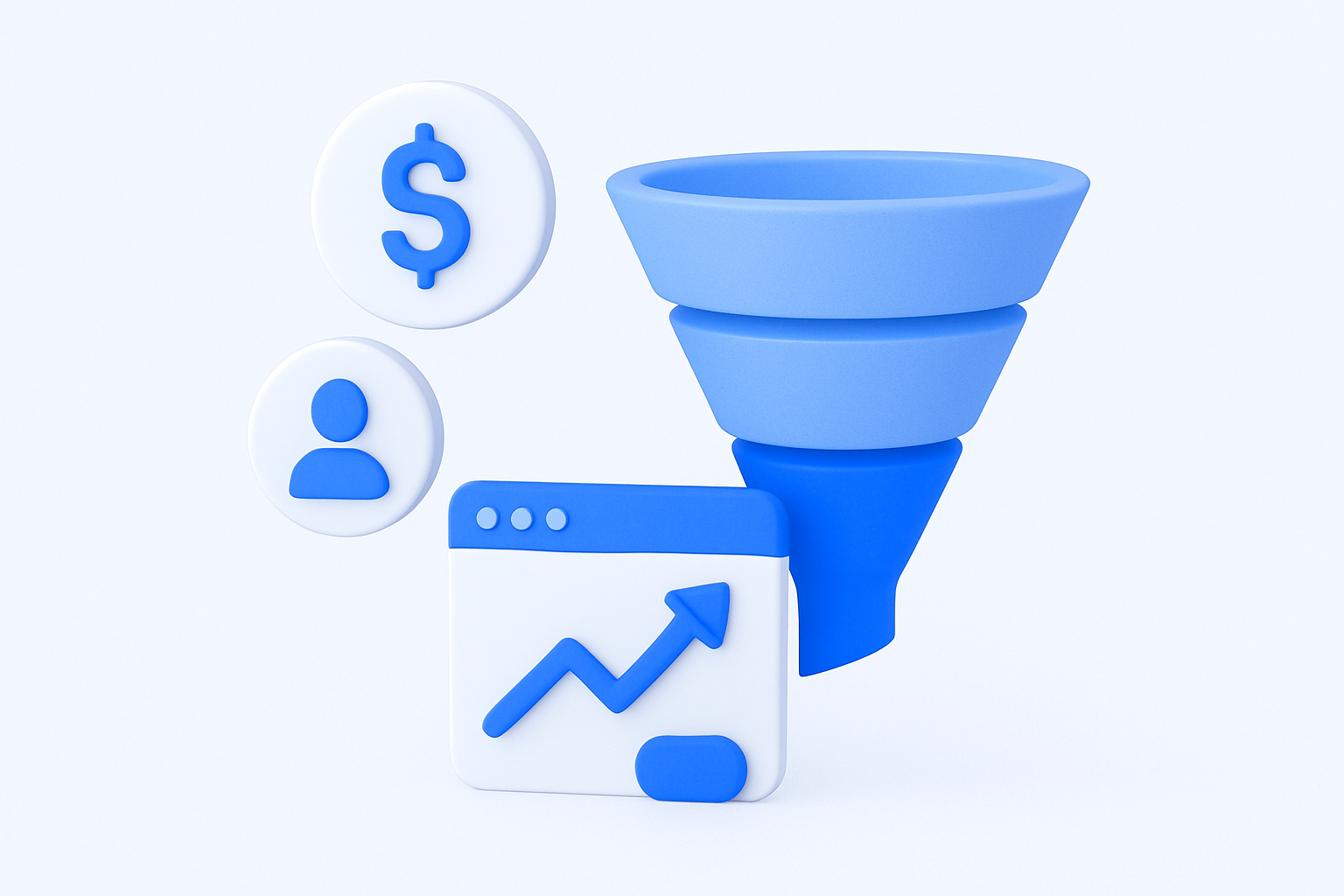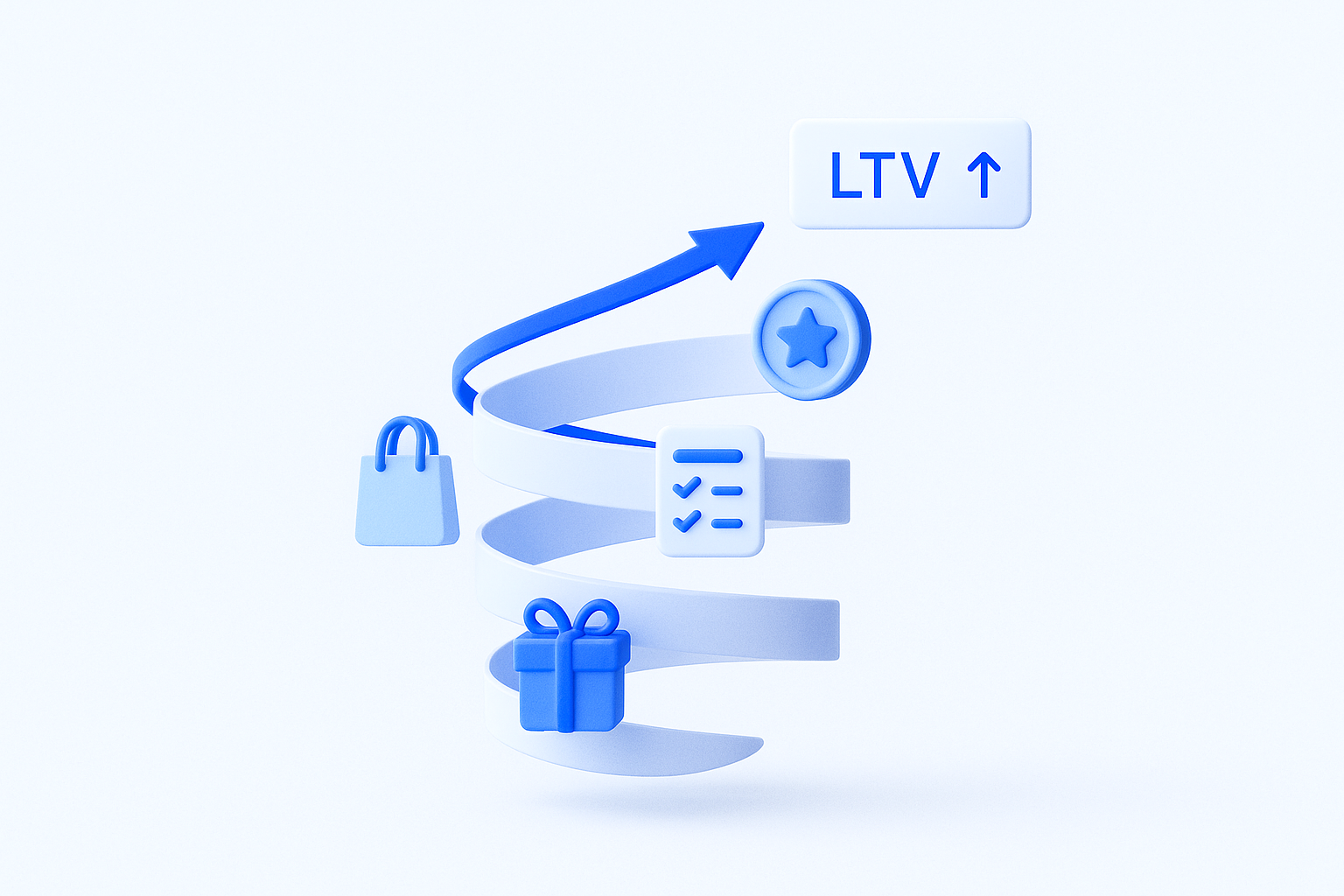Architecting Growth: Why Your Business Funnel is Failing (and How to Fix It)

While many businesses chase the latest marketing tactic or ad hack, few take the time to understand why growth becomes inconsistent or plateaus entirely. The reality is, it’s rarely due to lack of effort or even budget. More often, the issue lies in the absence of a clearly defined, professionally architected funnel structure.
A funnel is more than a set of campaigns. It’s a strategic framework that governs how users move from awareness to action, how value is communicated at every stage, and how systems work in tandem to convert and retain customers. Without this architecture in place, even the most well-funded campaigns will yield unpredictable or disappointing results.
The Definition and Role of Funnel Architecture
Funnel architecture refers to the intentional design and integration of marketing, sales, and post-purchase experiences into a cohesive growth system. It includes:
- Awareness layers (paid media, SEO, influencers, partnerships)
- Engagement and conversion layers (landing pages, offers, email flows, UX)
- Retention and monetization systems (CRM, upsells, loyalty strategies, backend products)
Every component must serve a clear function within the funnel—not exist in isolation. Traffic sources, for instance, should not just generate clicks; they must be mapped to conversion environments that reflect the user's intent and awareness level. Similarly, email flows should not only nurture leads but segment and qualify them for upsell sequences.
This architecture turns your brand from a loose set of tactics into an engineered growth machine.
The Hidden Costs of a Poorly Designed Funnel
A broken or underdeveloped funnel doesn’t just limit growth—it actively erodes profitability. Here are the most common symptoms of a failing funnel:
- Low conversion rates: If you’re seeing CRs stuck below 2%, your offer, UX, or traffic alignment is likely misconfigured.
- Rising customer acquisition costs (CAC): Without a high-converting path to purchase, your paid traffic underperforms, and cost per acquisition spikes.
- Flat average order value (AOV): Businesses often fail to leverage bundling, tiered pricing, or strategic upsells.
- Poor customer retention: If the funnel ends at purchase, you lose out on lifecycle value, repeat sales, and referrals.
- Wasted ad spend: Misaligned messaging and landing pages result in bounce rates that sabotage your ROAS.
These aren’t surface issues; they’re systemic. And they stem from poor funnel logic and disconnected brand experiences.
How a Structured Funnel Drives Compounding Growth
With the right architecture, a funnel becomes a high-performance growth engine. Here’s how each stage contributes:
Acquisition Precision
Different traffic sources require different creative and landing flows. Cold top-of-funnel traffic needs educational hooks and social proof. Warm remarketing traffic needs offer reinforcement and trust-building. Search intent traffic requires immediacy and clarity. Funnel mapping aligns your traffic source with the right user journey.
Offer-Market Fit and UX Cohesion
The offer must reflect the buyer's level of awareness. For example, first-time visitors respond better to value-packed bundles, while returning customers convert better through continuity offers or exclusive drops. This logic should guide your copy, structure, and CTA placement.
Conversion Environment Design
Landing pages are not just about aesthetics. They must be conversion-engineered: clear headlines, minimal friction, benefit-first structure, mobile optimization, persuasive triggers, and urgency mechanisms. Professional funnel design is rooted in behavioral psychology, not trend-following.
Post-Purchase Monetization
The funnel does not stop at checkout. Upsells, reorder flows, referral incentives, and loyalty programs are essential to maximizing lifetime value (LTV). This backend strategy often accounts for up to 60% of revenue in optimized funnels.
Data-Driven Feedback Loops
Sophisticated funnels include tracking infrastructure that allows continuous optimization. We use behavior heatmaps, multivariate testing, and attribution modeling to improve CR and AOV over time.
Why Expert Implementation Matters
Many businesses attempt to build funnels internally but hit a ceiling due to lack of strategic clarity, insufficient technical setup, or incomplete execution. Here’s what’s often missing:
- A full-funnel strategy that connects each marketing channel to a defined customer journey.
- Deep understanding of offer positioning and pricing psychology.
- Proven frameworks for A/B testing beyond cosmetic changes.
- Experience with conversion architecture and advanced analytics.
Even with the right tools, execution quality defines outcomes. True performance funnels are not assembled piecemeal—they are engineered end to end.
Funnels Don’t Fix Themselves. We Build Them.
If your marketing efforts feel fragmented, your results inconsistent, or your customer journey undefined—it’s not your product, and it’s not your budget. It’s the lack of a structured, strategic funnel.
At Kynera, we help brands engineer funnels that turn sporadic campaigns into scalable systems. Our work begins with a strategic audit and ends with measurable revenue growth, powered by psychology, data, and creative execution.
Let’s build your growth architecture.

